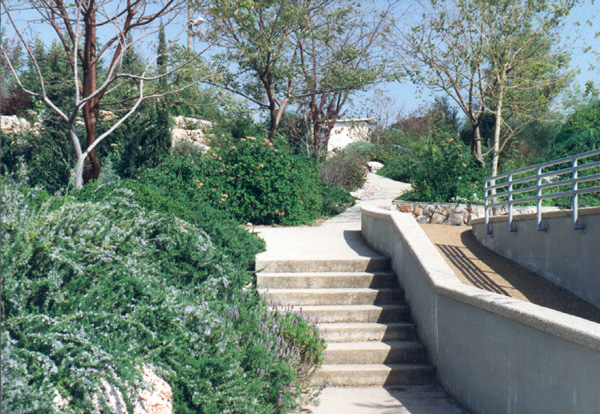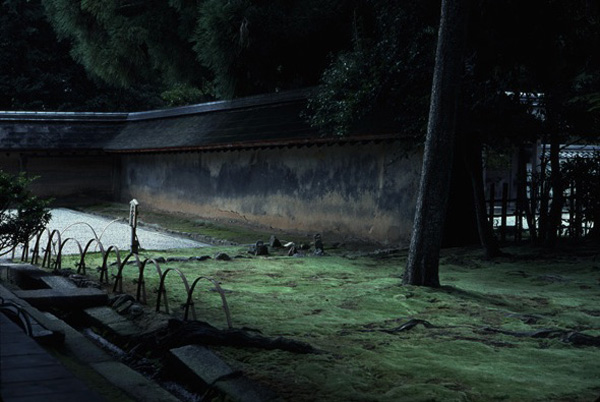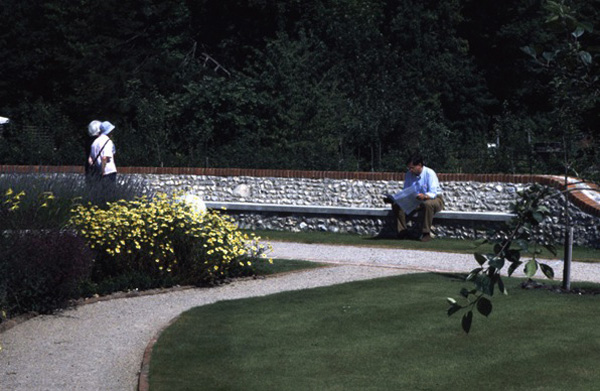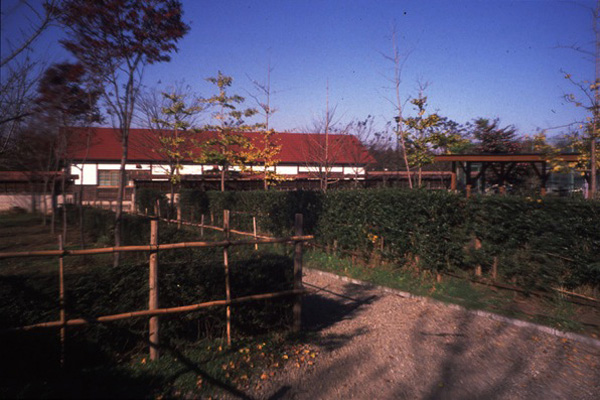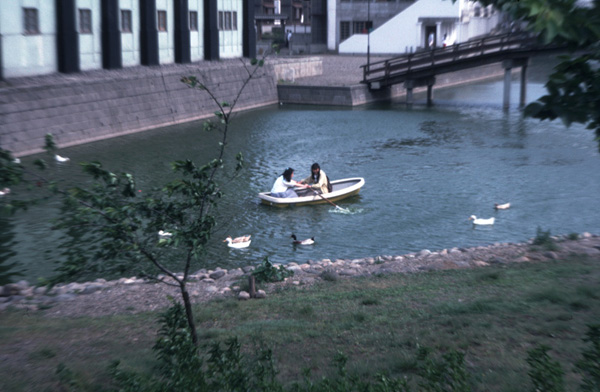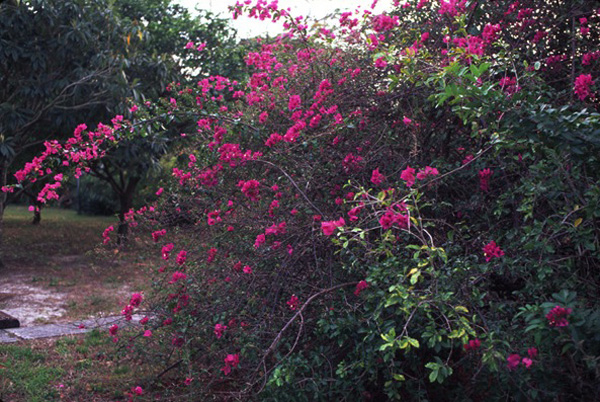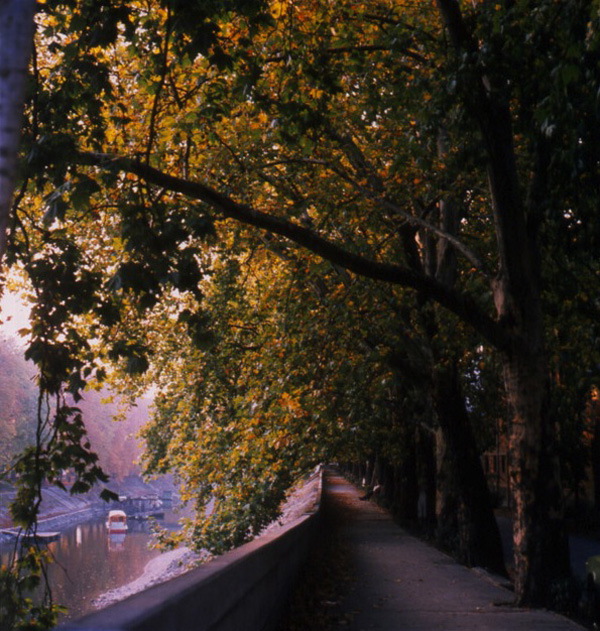This sequence allows the people in a neighborhood to build a small park or "green" over time, at weekends, or whenever they have a chance, applying the same rules repeatedly to the continuous improvement of the green.
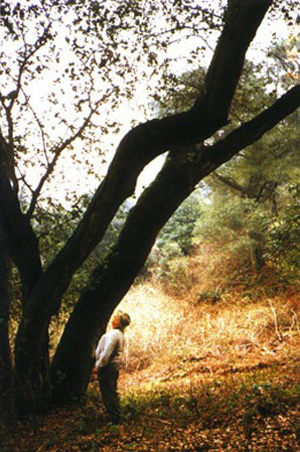
Neighborhood Green
As a result of this repetition, the individual green will come to work as a whole uniquely adapted to the neighborhood, with its own appropriate and unique character, according to the position of nearby trees, and houses and roads in the existing neighborhood.
